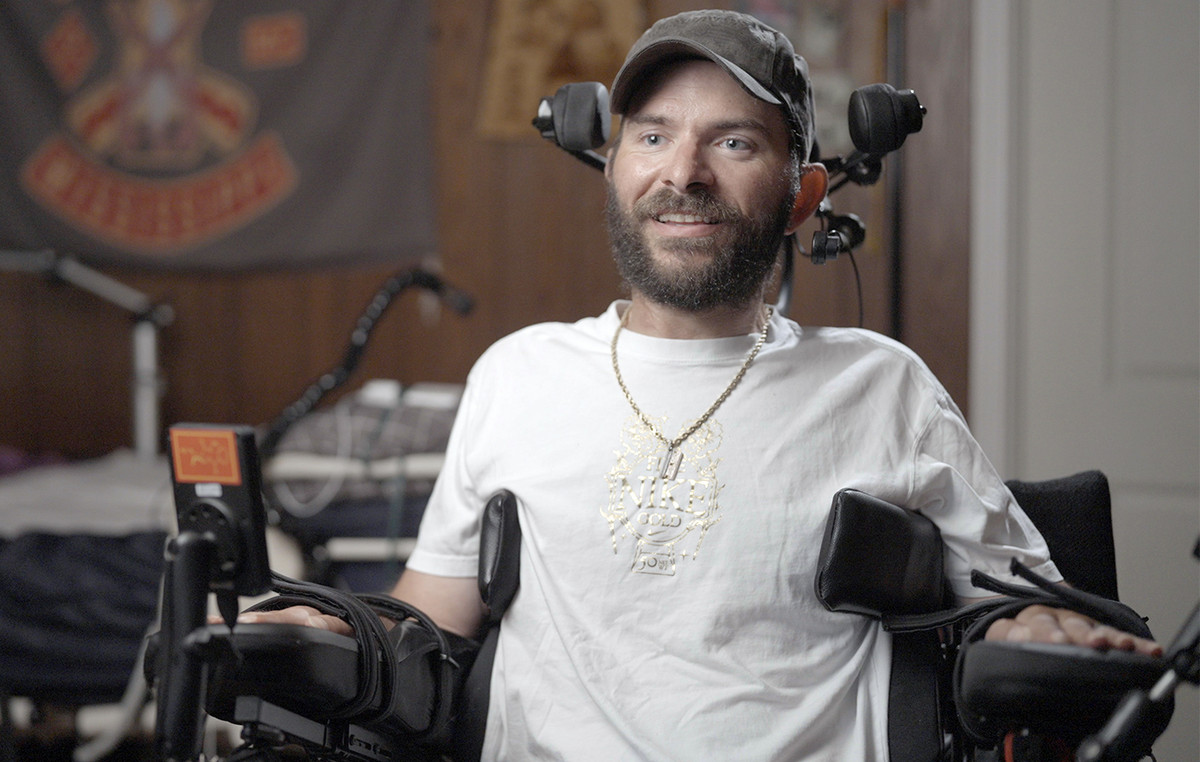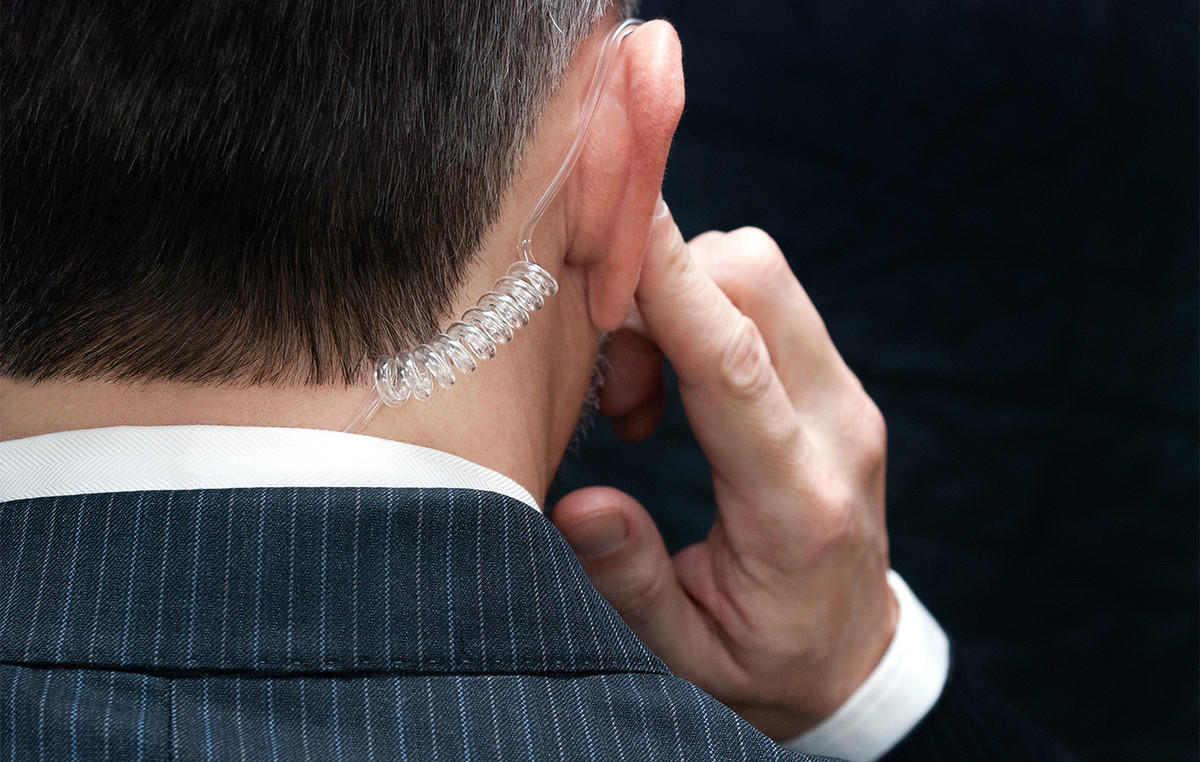Former councilor Francisco Eudes Alves Gomes, from the city of Tianguá (CE), died on Thursday afternoon (9), after being stung by a swarm. Eudim Pirrita, as he was known, was attacked by insects while taking care of his farm, in the rural area of the municipality, located around 330 kilometers from Fortaleza.
Bee stings happen when they use their stingers to defend themselves. The sting of these insects contains a poison, which can cause symptoms such as pain and swelling. In some cases, bite victims can have severe allergic reactions that require immediate medical attention and, if not treated quickly, can lead to death.
What are the symptoms caused by a bee sting?
According to the Cleveland Clinicsymptoms of a bee sting include:
- Sharp, burning pain at the site of the bite;
- Discoloration of the skin around the bite;
- Swelling in the affected area;
- Itchy skin.
What are the serious and potentially life-threatening symptoms?
Also according to the Cleveland Clinic, serious symptoms include:
- Urticaria;
- Difficulty breathing;
- Dizziness or vertigo;
- Swelling in the tongue or throat;
- Nausea;
- Diarrhea;
- Pulse accelerated.
Furthermore, according to the Mayo Clinicwhen receiving several bee stings, the reaction can be even more serious. Symptoms of a bee attack can include nausea, vomiting, diarrhea, fever and dizziness. According to the clinic, serious reactions can occur from 15 minutes to an hour after the bite.
When to seek medical help?
It is essential to seek medical help when experiencing a severe reaction to a bee sting, as it may be a sign of anaphylaxis. Urgent care should also be sought in cases of multiple bee stings, especially in children, the elderly and people with heart or respiratory problems.
It is also a good idea to see a doctor if the bee sting symptoms do not disappear after three days or if other symptoms appear that suggest an allergic response.
How to treat a bee sting?
Bee stings can be treated even at home, following the following precautions:
- Remove the stinger by gently dragging it over the skin to pull it out. Avoid using tweezers as they can inject more venom into your skin;
- Clean the wound with soap and water;
- Place an ice pack on the skin;
- Monitor the injury, seeking the emergency room in cases of swelling beyond the site of the bite or development of symptoms of allergic reactions.
In severe cases, medications may be prescribed to reduce symptoms of allergic reactions, such as epinephrine, antihistamines and glucocorticoids. In cases of anaphylactic reaction, an epinephrine autoinjector can be used, especially in emergency medical services, according to the Cleveland Clinic.
Severe allergy: researchers create 1st Brazilian adrenaline pen
This content was originally published in When can a bee sting kill? on the CNN Brasil website.
Source: CNN Brasil
I am an experienced journalist and writer with a career in the news industry. My focus is on covering Top News stories for World Stock Market, where I provide comprehensive analysis and commentary on markets around the world. I have expertise in writing both long-form articles and shorter pieces that deliver timely, relevant updates to readers.







